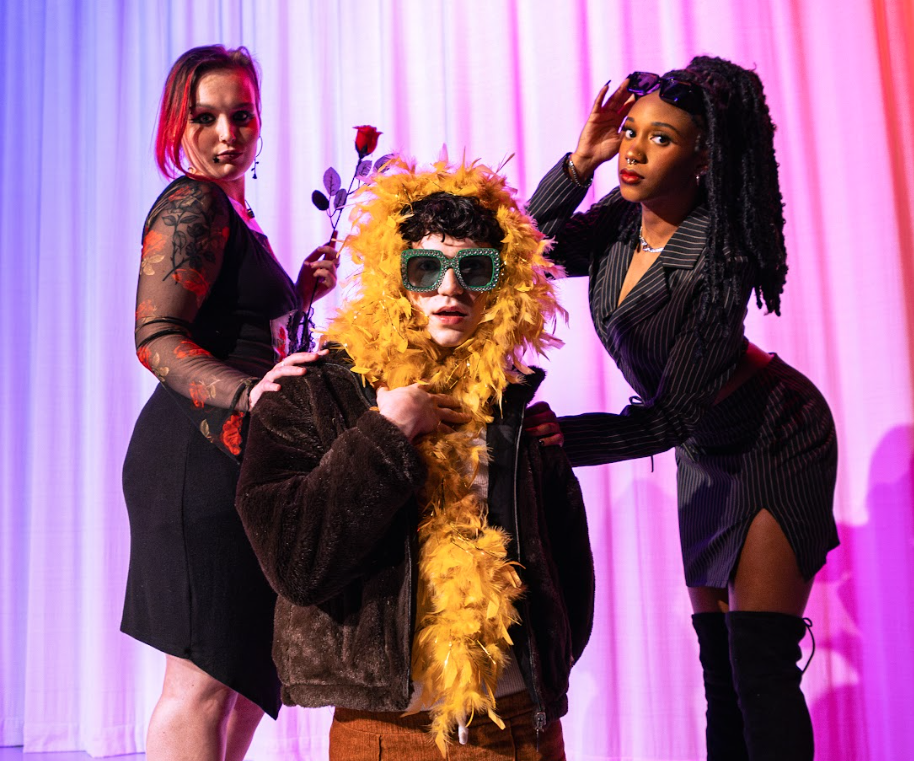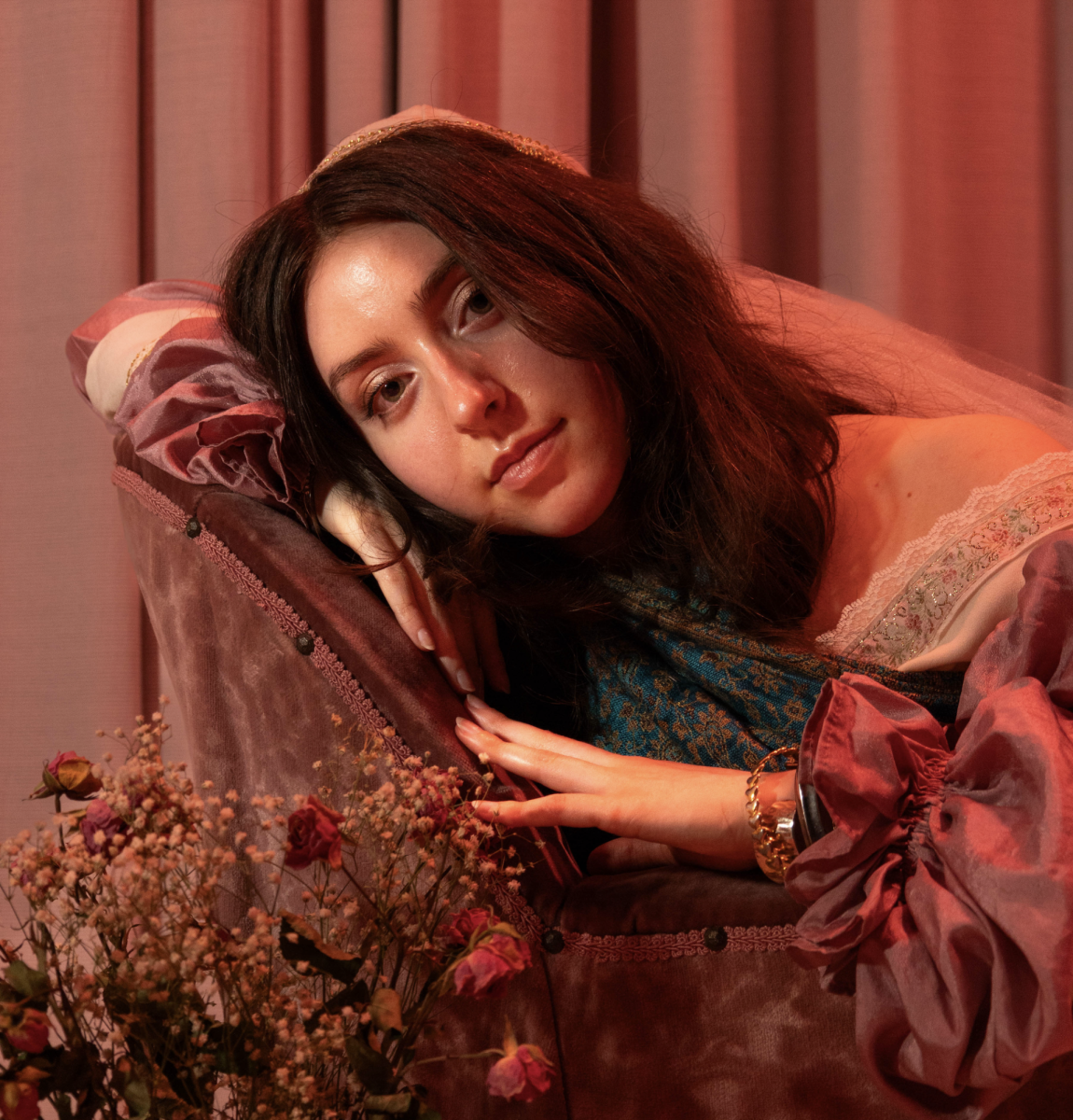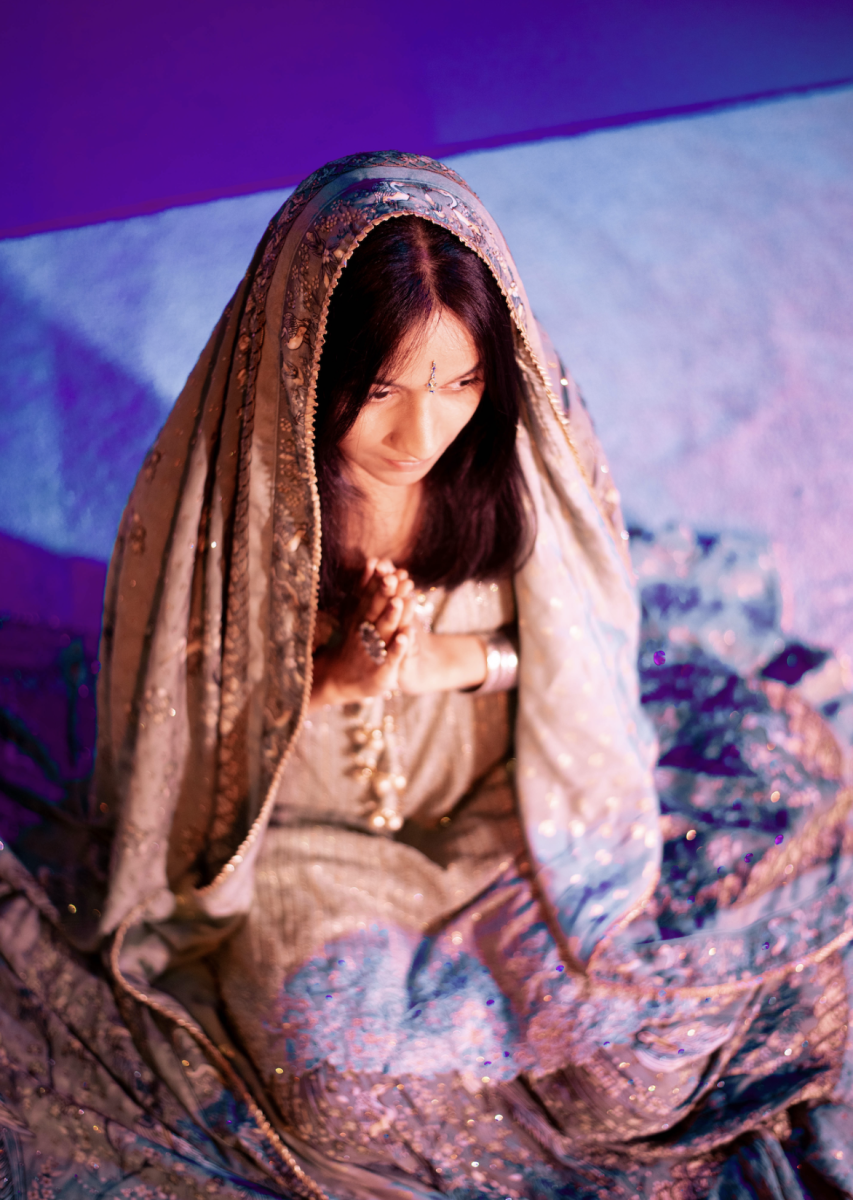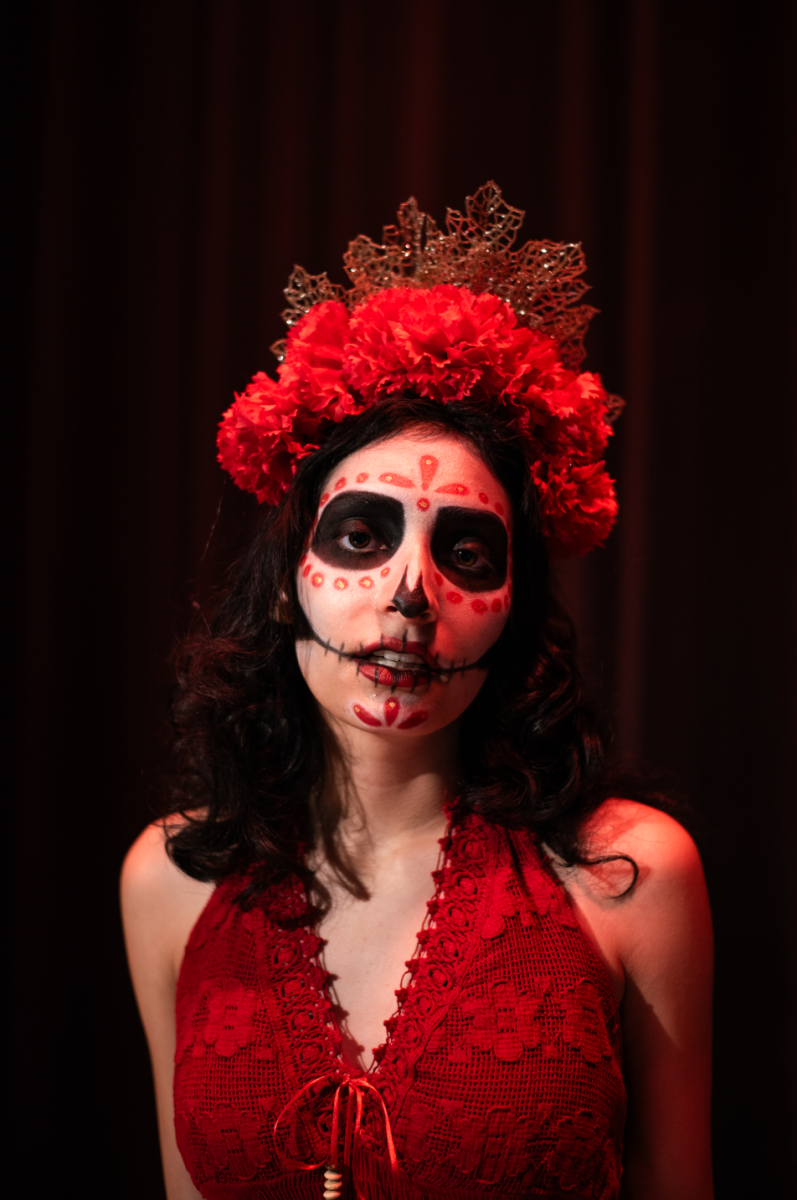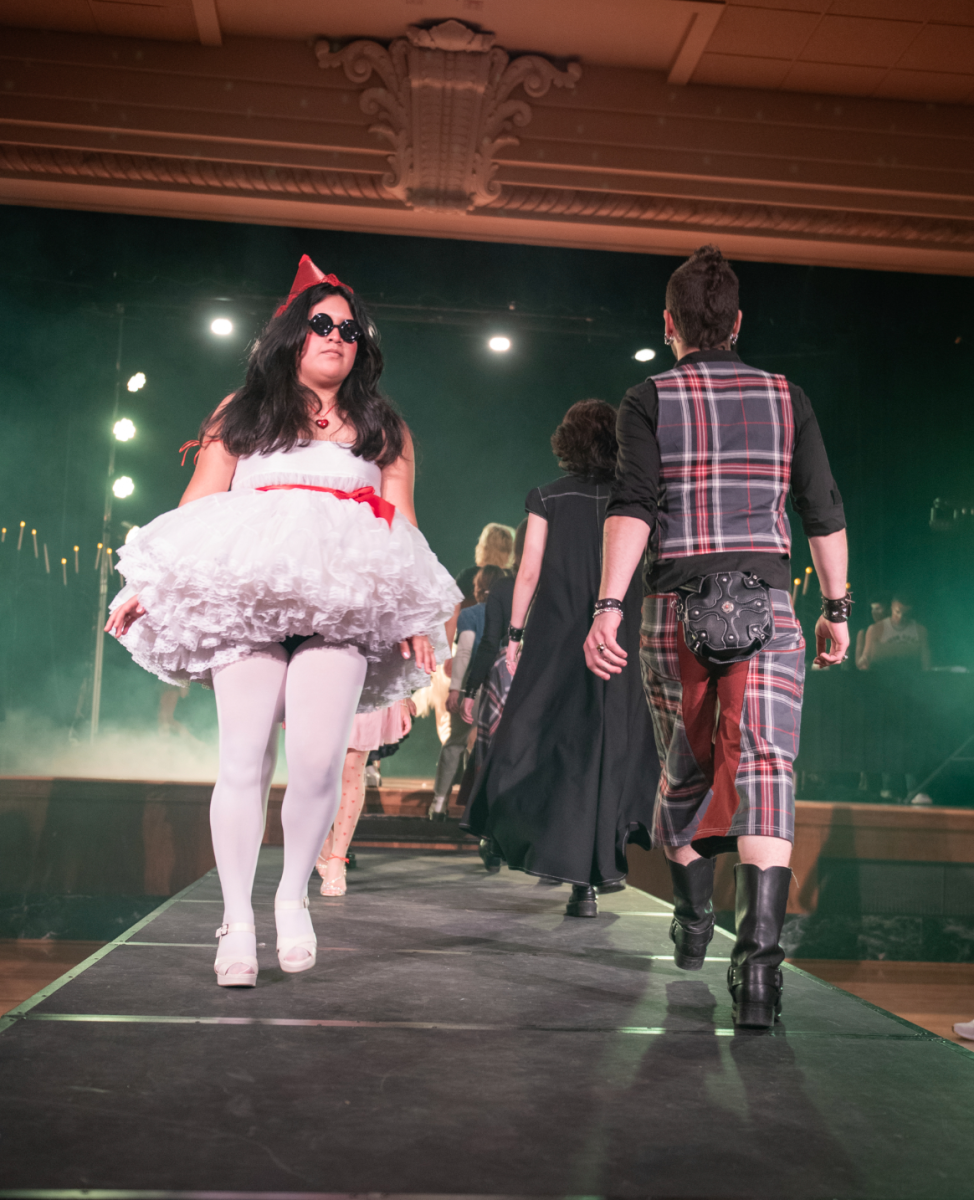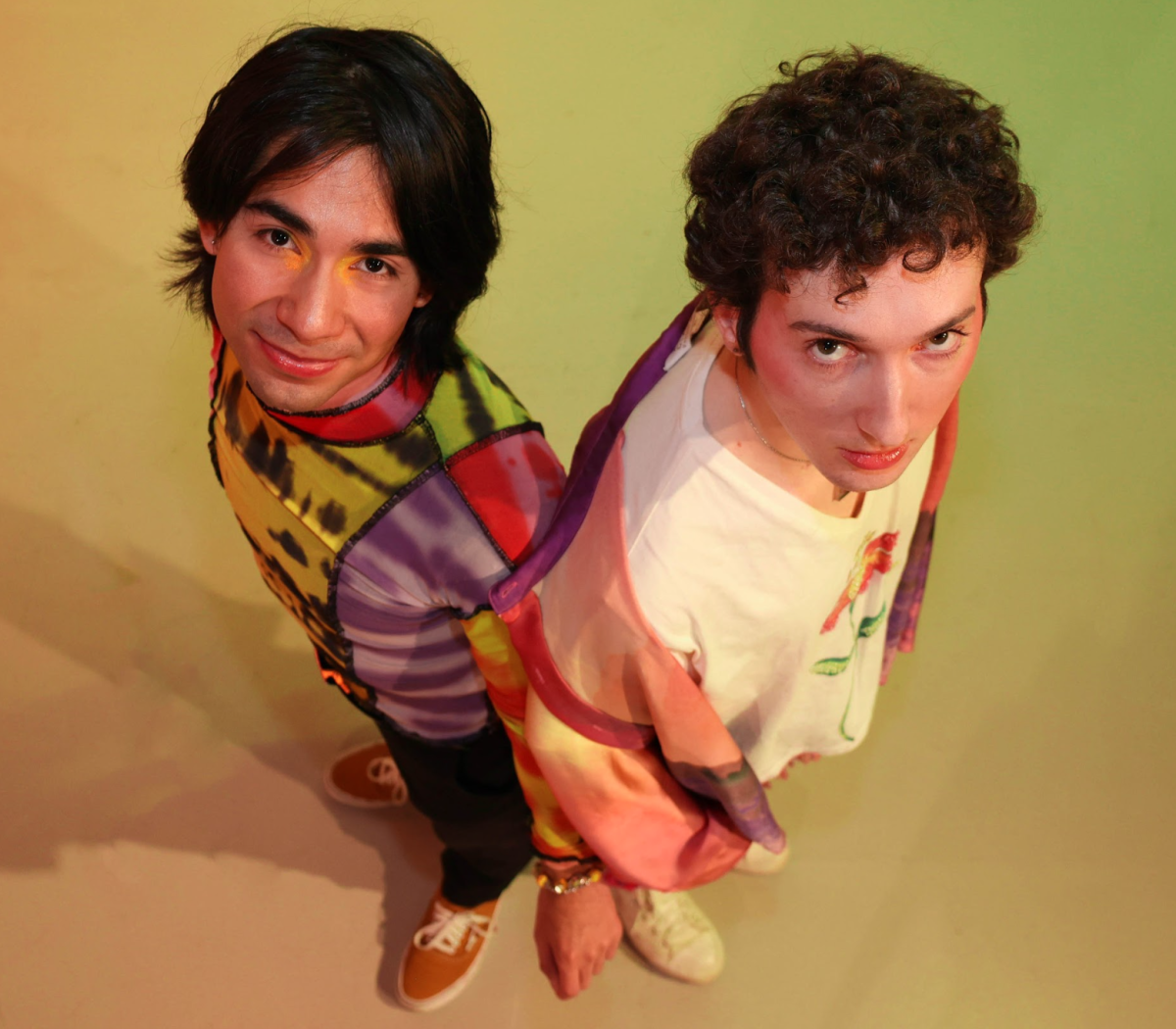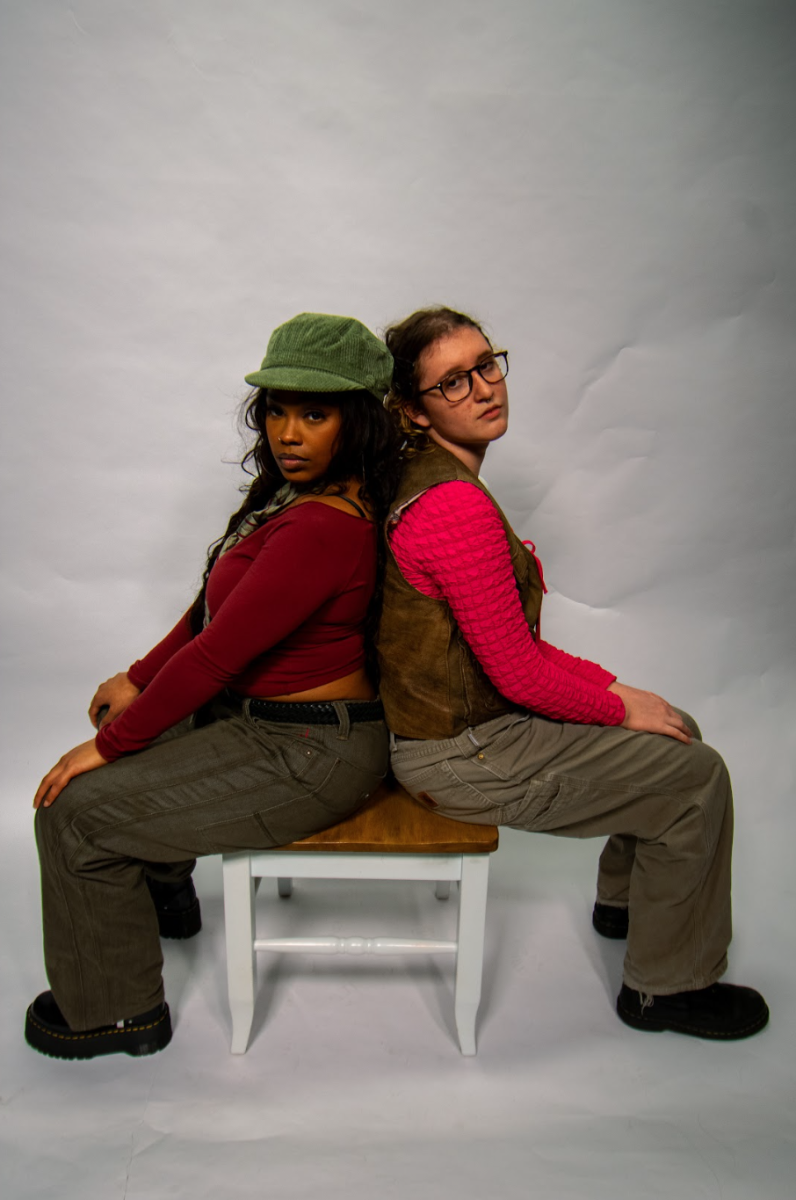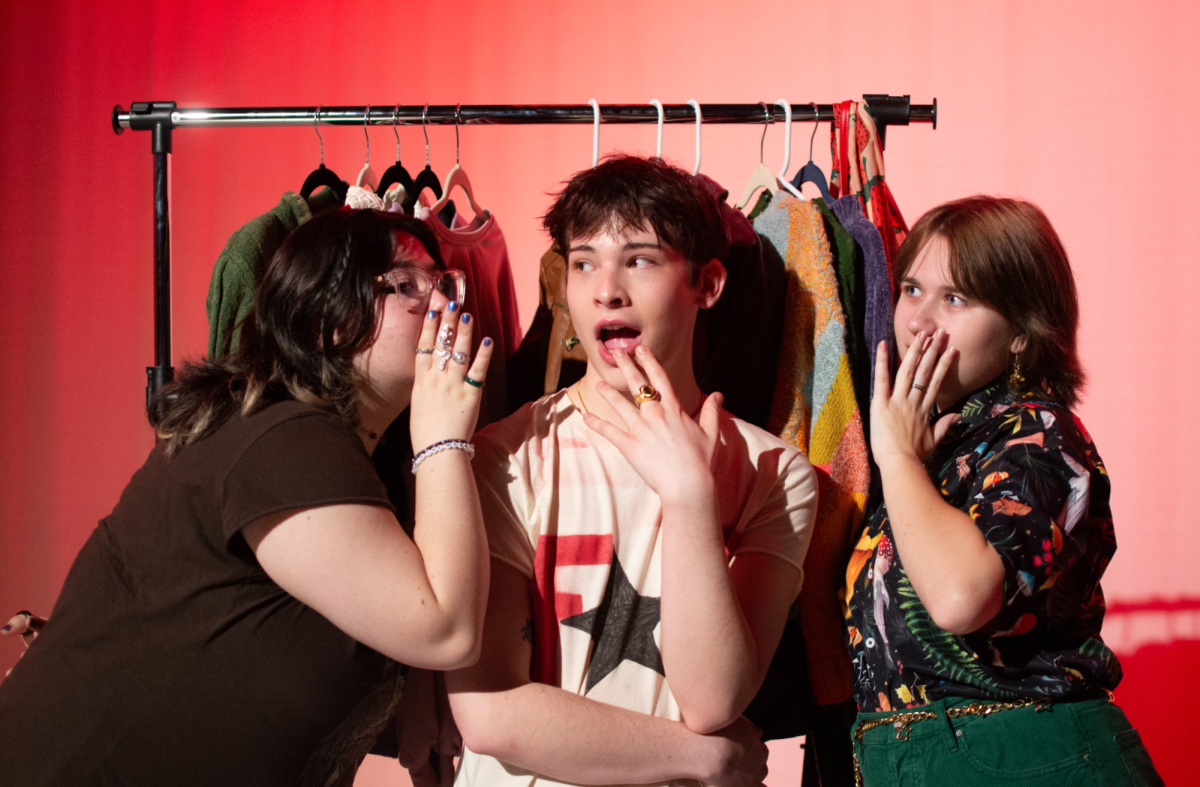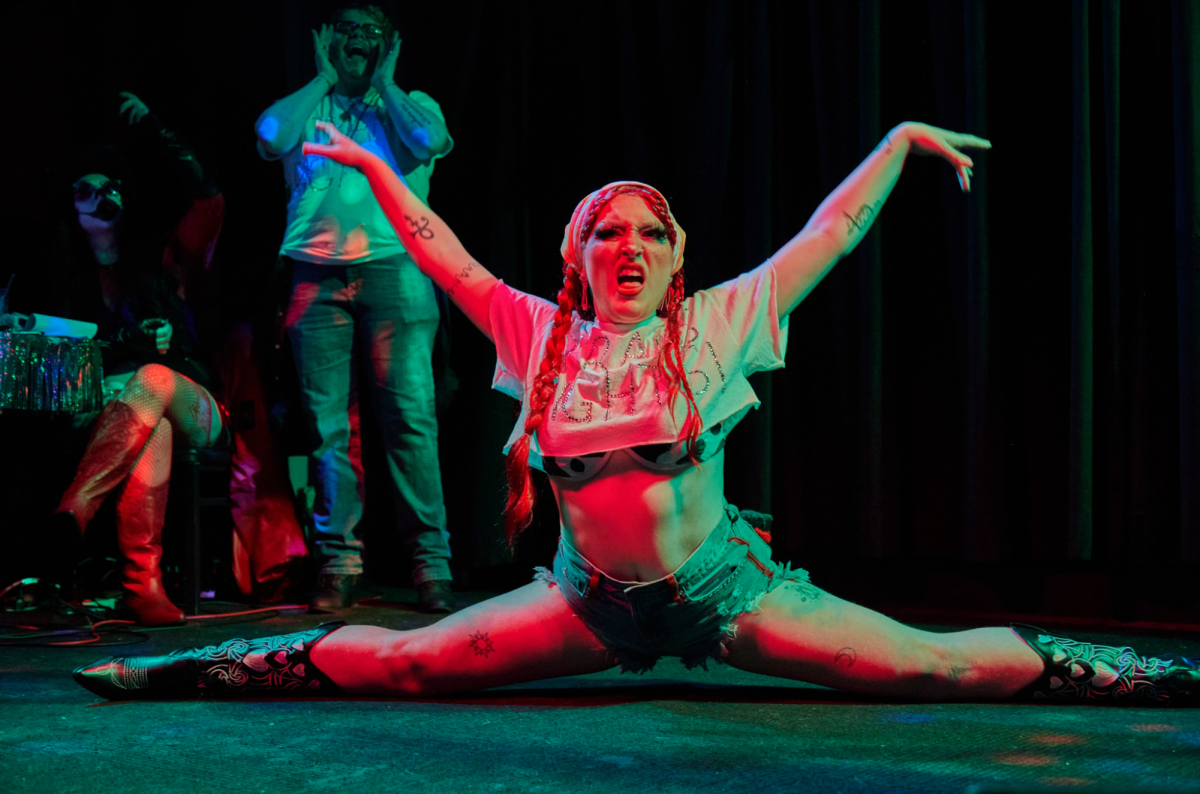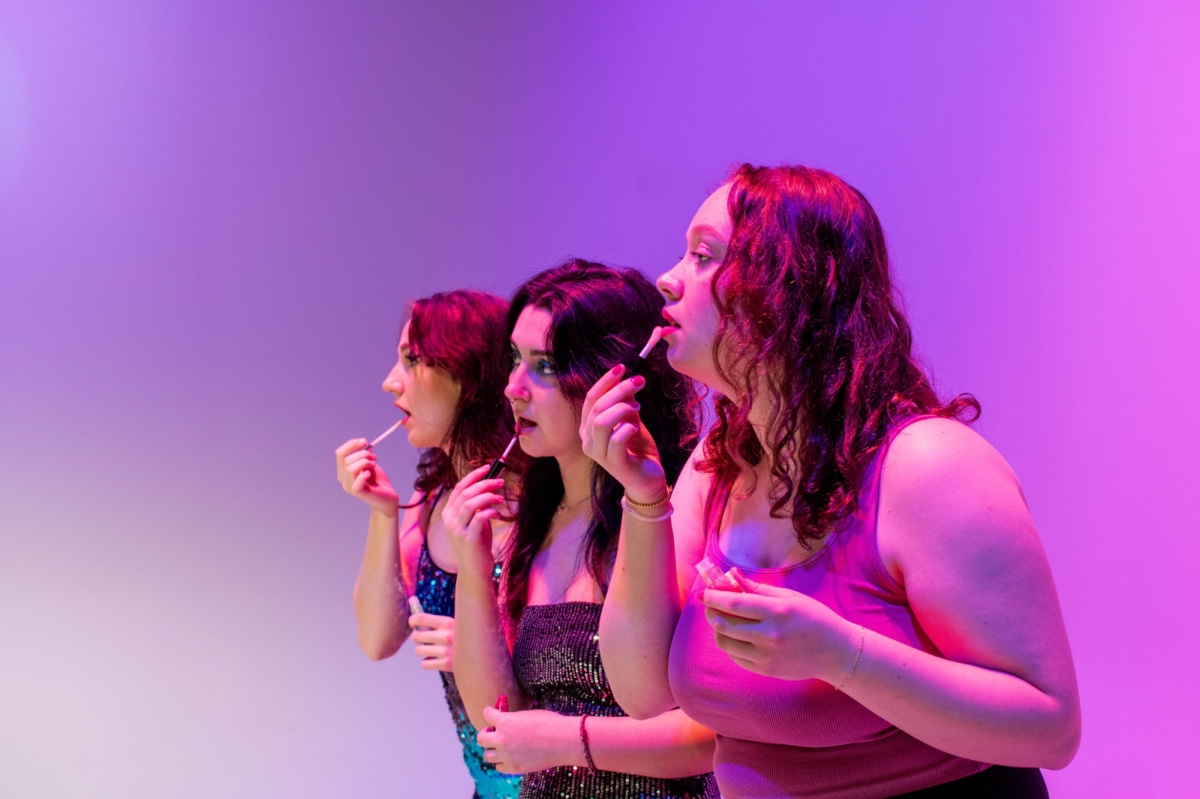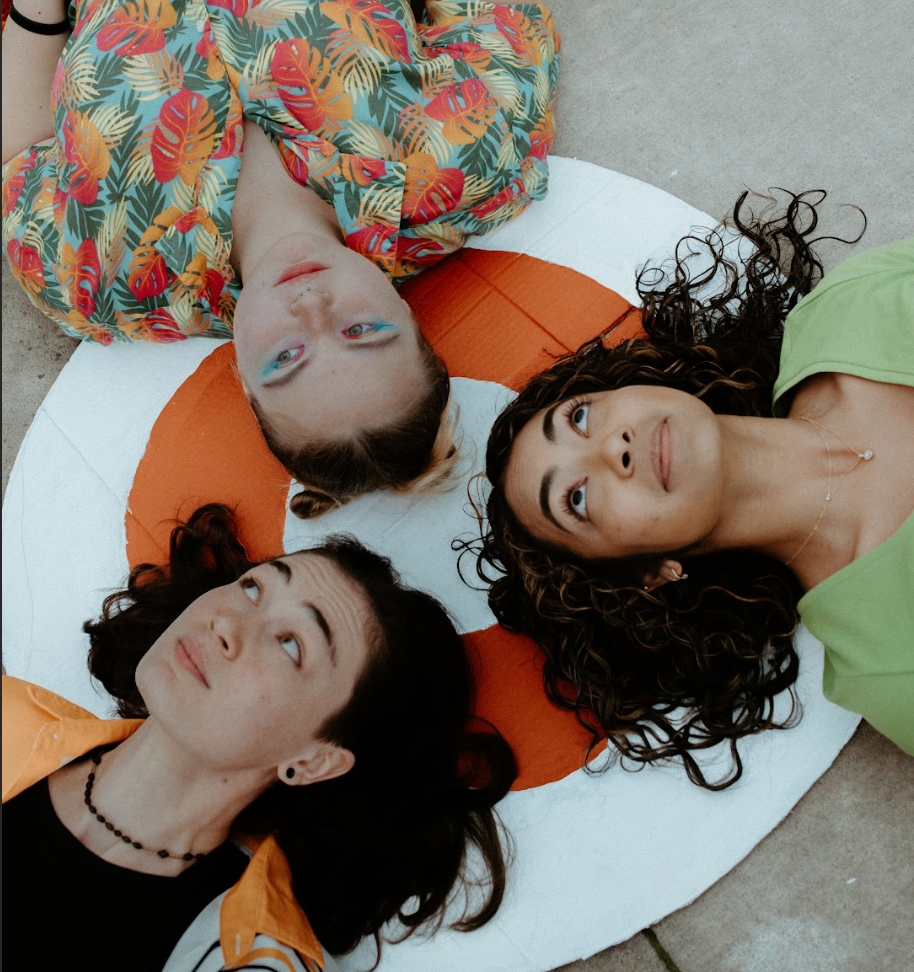Fashion is forever changing. Why is this? The reasons could go on forever, but celebrities within the LGBTQIA+ community have bold styles that have shaped trends for decades. Let’s zoom in on a handful of them from recent (or not so recent) decades that are still helping shape fashion today.
Rylie Fry:

Most know of RuPaul from his infamous TV show: RuPaul’s Drag Race – a cutthroat reality show for Drag performers, hosted by RuPaul himself. With 16 seasons, over 200 episodes and multiple spin offs, RuPauls Drag Race has introduced millions to the extravagant world of drag. Because of this overreaching community that he has created, the fashion that is embedded within it has inspired and paved the way for queer expression through style. As RuPaul famously says,“were all born naked and the rest is drag.” Some of Drag Race’s alumni walked the carpet at the 2019 “camp” themed Met Gala, people like Violet Chachki, Aquaria and RuPaul himself. All of whom embodied everything camp, elegant and drag. While RuPaul did not show up in full drag – as he has not done so in public since 2012 – he did blow everyone away with a pink and black sequined zebra suit.
Marlene Dietrich was one of the first openly bisexual women in Hollywood. Dietrich was a movie star with relationships with men and women on screen and reportedly off at a time when homosexuality was not discussed openly in the media.
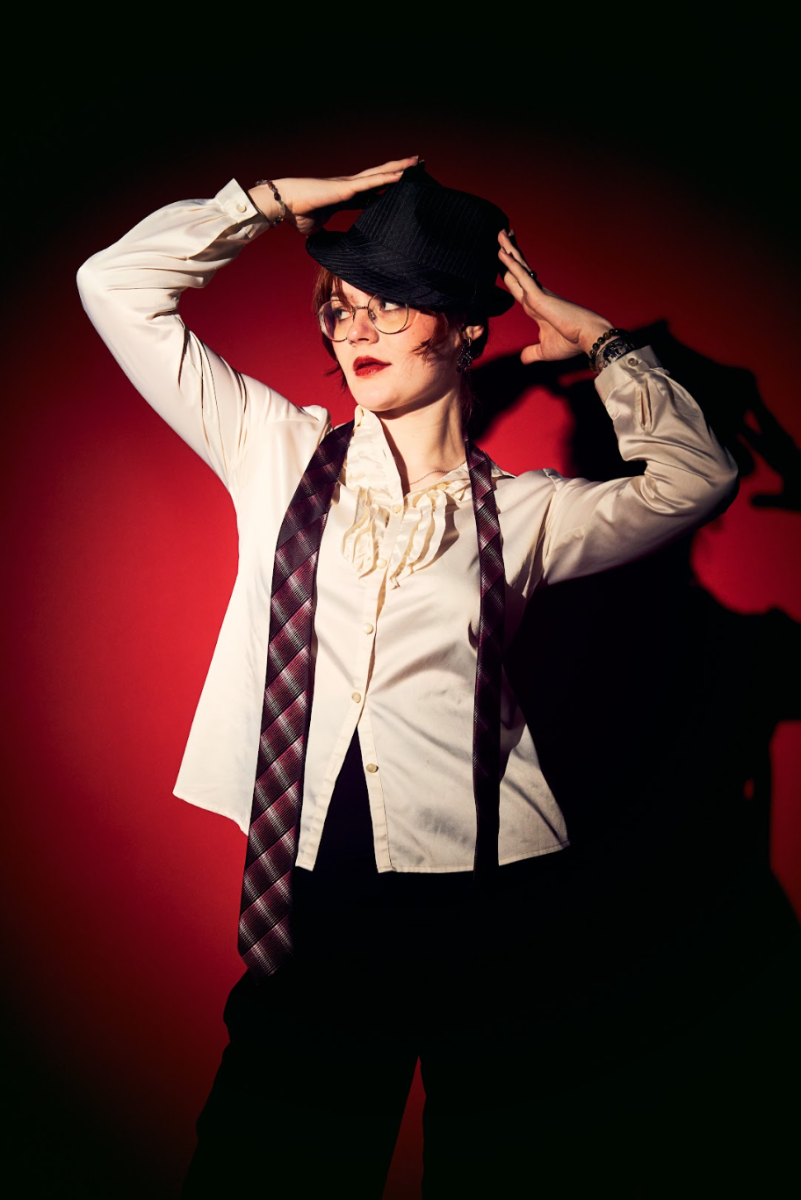
She filmed her first American film, “Morocco” in 1930 in which she wears a tuxedo and tophat, followed by a kiss with another woman in the scene. While her refusal to adhere to gender conformity appears on screen, it also translates off screen and into her life and fame. Dietrich was also rumored to be part of Old Hollywood’s collection of queer actresses “The Sewing Circle.”
She was often recognized as “fully feminine and fully masculine” mixing elements from traditionally masculine styles with those from traditionally feminine. She appears on screen wearing a sleek black dress and a top hat, mirroring more masculine features, only to contradict it with unveiled legs and a dainty heel. Dietrich made waves with her controversial style, but it is also important to acknowledge the harmful things she did as well. At one point in her career she decided to add toy dolls to her look as accessories. These dolls became part of her daily style, both of them were representations of people of color. One of these dolls would even appear in one of the movies she starred in, The Blue Angel. While we can recognize Marlene Dietrich’s influence on gendered fashion, it is also important that we recognize the harmful things she did during her career.

Freddie Mercury was and is an icon for many different reasons ranging from being a rock star, a unique man of his time and for being the “queen of queen.” However, one of his most notable impacts he had was his unique style.
Coming from a Persian family that practiced a religion in which homosexuality was far from acceptable, publicly coming out was seemingly not in the cards for him. Therefore, embodiment through fashion was the next best thing. While he never explicitly came out to the public, his love for queer expression and breaking gender norms showed in his extravagant outfits. In 1982 on the “Hot Space” tour, he rocked a rainbow-colored satin arrow jacket in Oakland. This was only one of the many different looks he had that radiated queer energy to his fans.
For Mercury, fashion on stage was a big part of performing. As he says: “I have fun with my clothes onstage.” Referring to his style in 1986: “It’s not a concert you’re seeing, it’s a fashion show.” This was clear as he shone in something extraordinary and dramatic at almost every show. On the “A Night At The Opera” tour in January 1976, he stunned in a tiny white and red striped shorts with correlating suspenders to go with it. With this more feminine persona, his efforts in rejecting gender norms though self-expression radiated. Mercury’s impact on fashion has continued for decades to follow.
Wendy Lepre:

Janelle Monae has taken the music, acting, and fashion industries by storm throughout her creative career. Despite her main focus being on music and acting, fashion has become a big part of her image since she rose to fame.
Monae is well known for tuxedo looks that look like anything but a typical tuxedo. These black-and-white moments, described by Monae as her “uniform,” are her go-to choice when it comes to pretty much any event she attends. She says her love of this simple color combination started when she was a high school student starting to earn her own money.
“Once I got to high school, that’s when I started to have my own money, because I started working … I couldn’t afford a lot of stuff, but I think it went from lots of menswear — whatever you would consider sports menswear: the tennis shoes, baggy clothes… I was a busy arts student, expressing myself through art, and I started to really use fashion as a way to express that,” Monae said in a 2020 interview with Variety magazine.
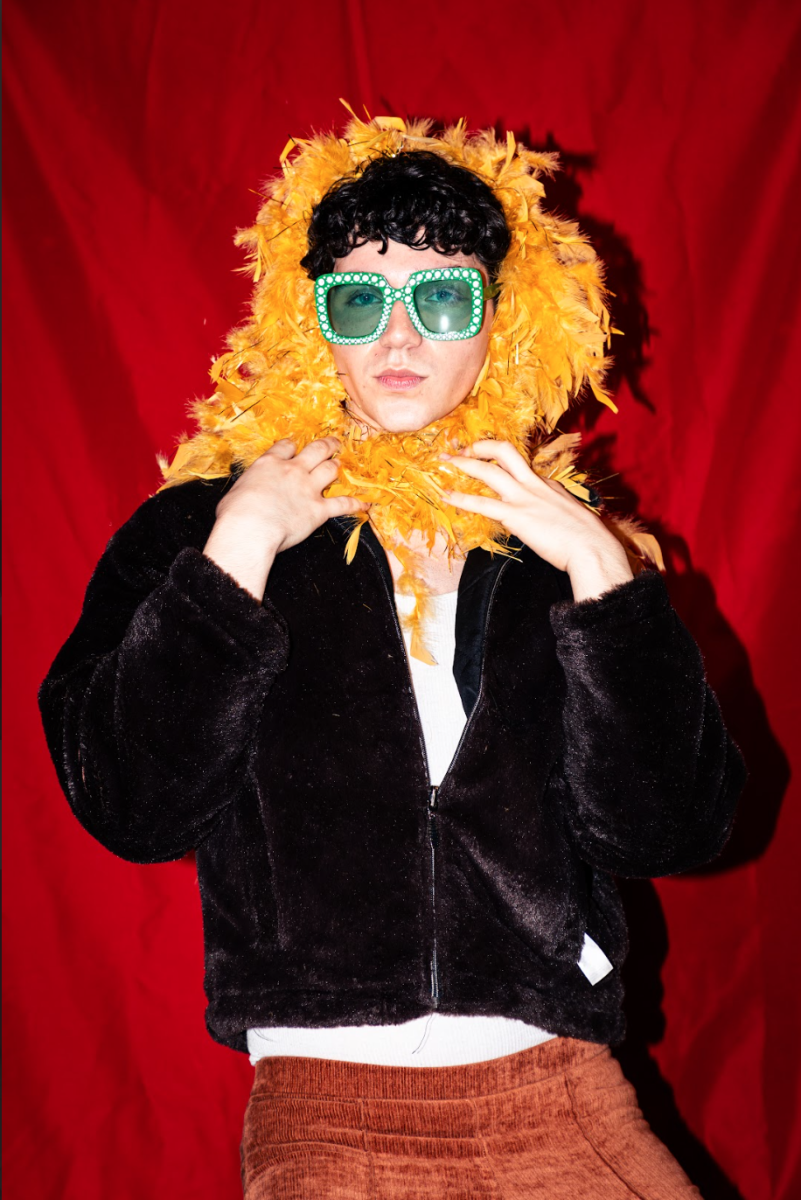
Elton John’s career is nothing short of iconic. His songs still dominate classic rock radios everywhere and his five-year farewell tour – which ended in 2023 – brought in $939.1 million.
He isn’t just known for his music. If there’s anything that comes to mind when you think of Elton John, it is likely bright and bold fashion that made a big statement. His wardrobe overflowed with leather, sequins, metallic jumpsuits and platform boots, items that are still staples in his wardrobe today.
Throughout the 1970s and 1980s, tracksuits were one of Elton’s favorite things to wear, often with a plunging V-neck to show off his chest. At Wembley Stadium’s Midsummer Music Festival in 1975, John took the stage in such a look: a jumpsuit with flared pants bedazzled with sequins and feathers. Elton’s outrageous style has been an inspiration to stars from Harry Styles to Miley Cyrus to Lady Gaga.
Though he is now in his 70s, Elton John has not let age affect his fashion. If there’s one thing Elton has always done with his fashion, it’s make a statement.
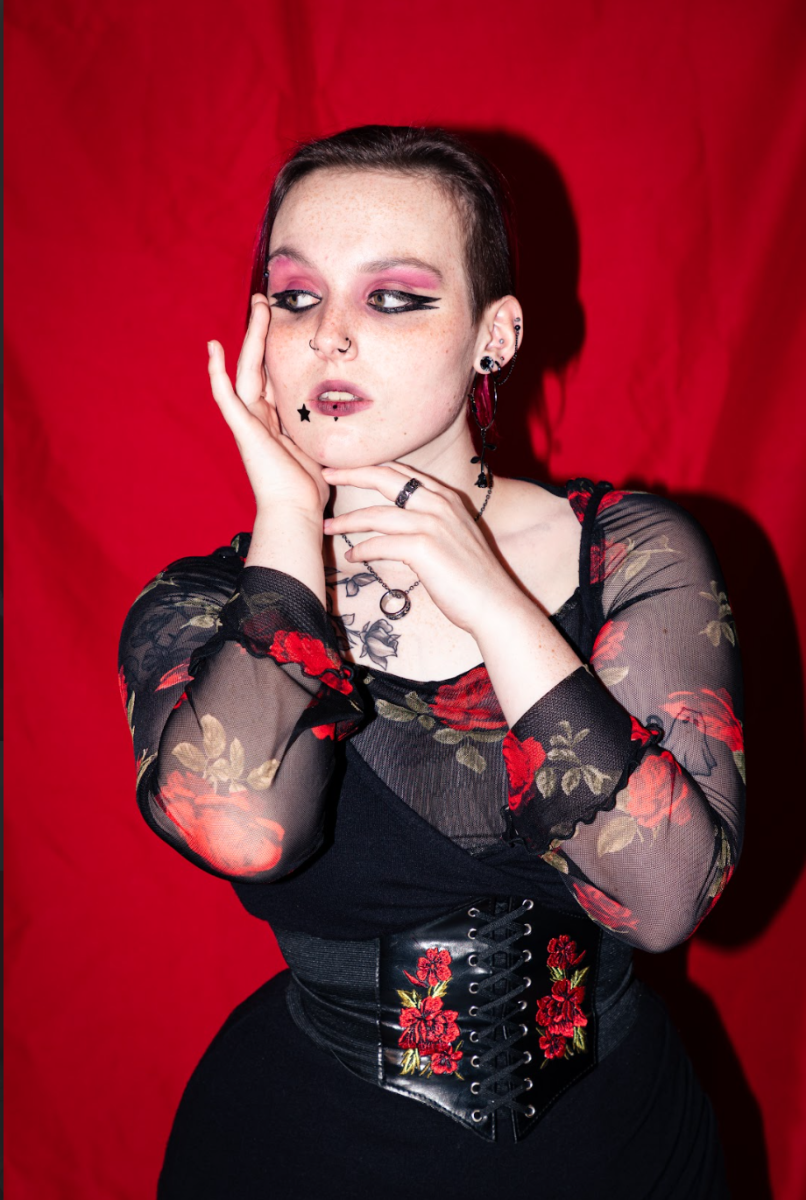
Divine was a drag icon who took the film world by storm in the 1960s and 1970s. His friendship with director John Waters led to many short films and later feature-length films to be created starring Divine himself.
Waters was the one who came up with the stage name “Divine”, and even his tagline: “The most beautiful woman in the world, almost.” Divine passed away in 1988, but that didn’t stop his legacy. Divine served as the inspiration for Ursula in Disney’s animated adaptation of “The Little Mermaid” which came out the next year in 1989.
Divine, with the assistance of Waters, crafted an appearance that included a hairline shaved back to the middle of his head and boldly drawn on eye makeup, done by artist Van Smith.
“John wanted a very large woman because he wanted the exact opposite of what normally would be beautiful,” Divine told Terry Gross on NPR’s Fresh Air in 1988. “He wanted a 300-pound beauty, as opposed to a 110-pound beauty. He wanted, as I’ve been called, inflated Jayne Mansfield.”
In an interview with them – an online queer centered publication – Waters said of Divine that “his legacy was that he made all drag queens cool…He broke every rule. And now every drag queen, every one that’s successful today is cutting edge.”
Rylie Fry and Wendy Lepre:
These queer icons were and are bigger than life, but we see their impact in our everyday lives, including here at Oregon State University.
“There are more inclusive sizes now than there have been in the past, more unisex clothes, and more clothes that are not defined by gender,” said OSU environmental sciences student Allyson Carerra. “People can wear what they want.”
Because people in the public eye express themselves in ways that reject conforming stereotypes, companies have begun to pick up on this and started creating clothing and trends to fit this new side of fashion. Queer expression in fashion is only just beginning, there is still a lot of work to do within the industry as far as inclusion goes. However, because of these icons paving the way for change, a foundation of pride and self-love has prospered and continues to do so as the industry advances.
The impact of these celebrities goes beyond just what people wear.
“I think that queer icons are not afraid to be hyper feminine and or hyper masculine. When I’m in queer spaces I have never felt more comfortable being who I am,” said OSU student Donovan who did not share a last name. “Even in more hetero-normative spaces, I try to include more hyper-fem or hyper-masc articles of clothing or accessories.”
“I think instead of being influenced by others, seeing these queer icons wearing whatever they want and owning it, it makes me feel more comfortable and confident to wear what I want to. It gives me power seeing them be powerful,” said OSU environmental engineering student Noelle Aden. “By men wearing what used to be primarily women’s clothing, vice versa, as well as more mainstream androgynous styles, it helps companies learn what the people love and want, and uses the role models to change their own brands.”
From Marlene Dietrich’s love of a fedora and tux to RuPaul’s extravagant wigs, queer icons have been setting standards by not setting any.
So what can we do? Not be afraid to be ourselves and to support LGBTQ+ designers and icons alike. “No pride for some of us without liberation for all of us,” Marsha P. Johnson said.


